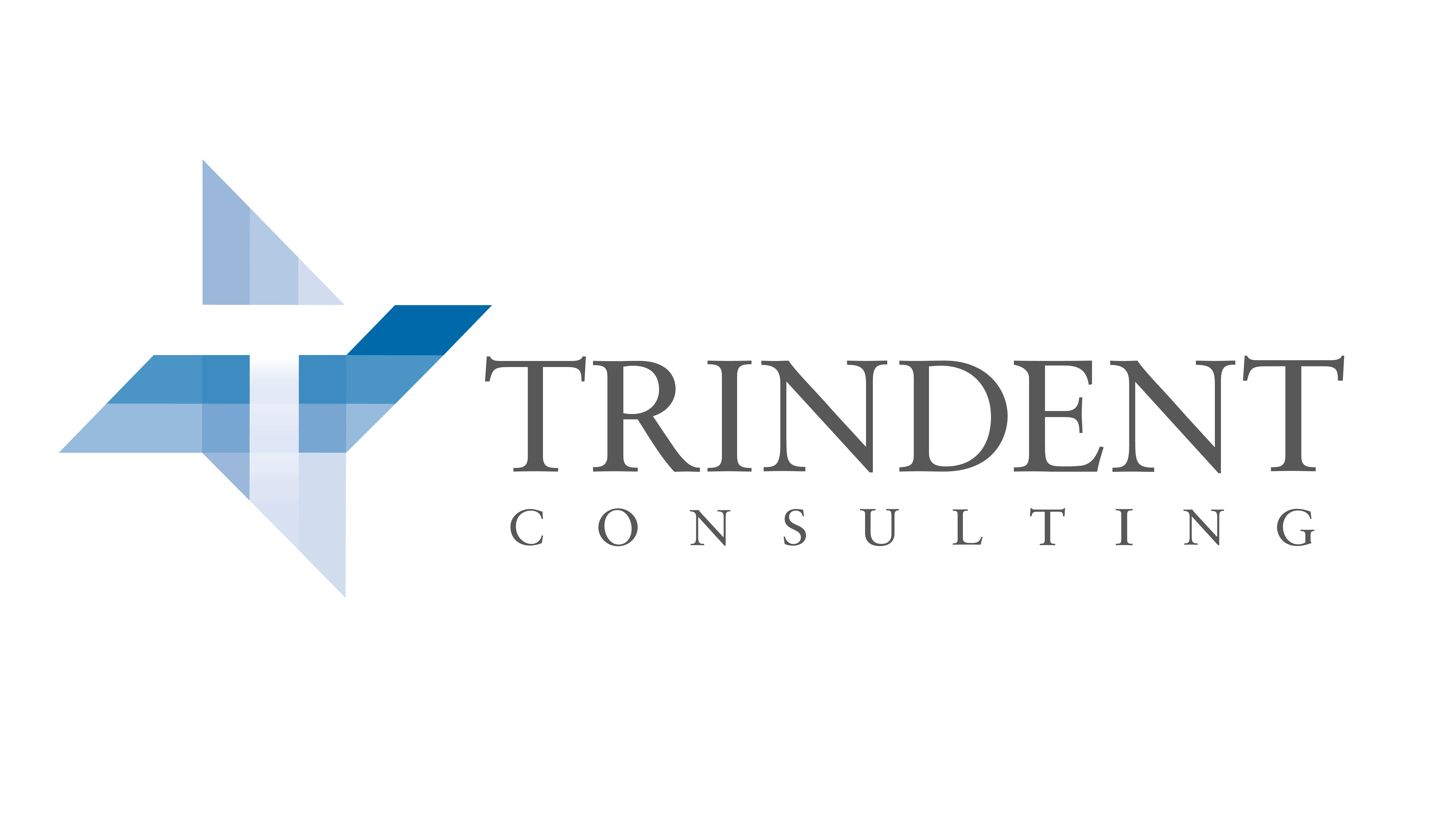5 Ps of a Meeting – Ensuring Your Next Meeting is Effective
Consultants excel at solving problems that span across teams, organizations, and industries. By using a variety of methodologies and tools, they can quickly and effectively address issues for their clients—and who doesn’t love a quick and effective solution?
One such issue is ineffective meetings. Fortunately, there are many solutions available, and one of the most effective is ‘the 5Ps of a Meeting.’ This approach is a favorite among consultants for its simplicity, effectiveness, and ability to prevent ineffective meetings from happening in the first place.
By mastering the 5Ps, consultants can transform meetings into productive and purposeful sessions, ensuring every moment spent is valuable and impactful.
So, what are the 5Ps? The 5Ps are Purpose, Participants, Process, Payoff, and Preparation (some suggest it should be 6Ps including Pizza).
Purpose: Every meeting should have a clear purpose, which must be more specific than just a subject line calling for a ‘daily meeting’ (why should the team meet daily?).
Participants: Listing the participants makes the organizer think about who they are inviting and why. The organizer doesn’t have to list the names in the body of the invite, but should nevertheless make a conscious decision about who should be part of the meeting.
Process: How will this meeting be conducted? What is the agenda and the time allocated for each agenda item? This is key, as it prompts the meeting organizer to think about the necessary time for the meeting, helping the team avoid setting meetings in 30-minute chunks just because that is the norm.
Payoff: What does the organizer want to accomplish by the end of the meeting? This should be specific so that the meeting participants can be held accountable.
Preparation: What preparation is needed from the participants? This helps the meeting organizer revisit the payoff and appropriately size the participant list.
Including the 5Ps in every meeting invite is the easiest and most effective way to ensure and prepare for an effective meeting.

At Trindent Consulting, we are a global technical augmentation company with a passion for solving complex problems in the energy, healthcare, and finance sectors. With over 100 client partnerships, our success centers on prioritizing sustainable profit margin improvements and delivering impactful results.
As a medium-sized firm, we cultivate a close-knit environment where every team member knows one another. Our people are fun, and our work is intriguing and diverse. We actively strive to create an inclusive environment where everyone has equal opportunities for growth and success.
Interested in becoming part of our team? Check out our current openings page to find a role that best suits you.
Interested in topics related to “Effective Meetings”? Click the buttons below to check out our related insights.
Drive Productivity During Meetings Using These 8 Tips
Looking to drive productivity during meetings? Follow the 8 tips listed below!
- Chair of the Meeting.
Every meeting should have one individual who is responsible for the management of the meeting itself. A “chair” or “facilitator” of the meeting can be particularly useful if one or more of the participants in the meeting is participating via a conference call. The chair or facilitator can manage the flow of the discussion and reduce participants speaking over one another or cross talking. Another useful technique for conference calls with large numbers of participants is for the chair to introduce the speaker(s) (or the speakers should identify themselves before speaking for the first time) in order to provide identity to the voice, particularly if some of the participants have not previously met or spoken with one another.
- Action Logs.
Assigning action items to individual accountable owners with specific due dates can dramatically increase the effectiveness of a meeting to ensure that the time invested in the meeting attains the maximum benefit. Action logs, or meeting minutes, can be useful for recording these follow up items and responsibilities. In addition, circulating the action logs to other members of the team who were not at the meeting but that may be designated as “Informed“ in the RACI chart, is an effective way of communicating and keeping these individuals informed on the agenda items.
- Close the Laptops.
If participants are going to attend a meeting, they need to be paying attention in order to meaningfully contribute and receive the benefits of attending the meeting. Participants cannot do this if they are focused on responding to emails or reviewing other materials. If necessary, the chair or meeting facilitator should request that all laptops be closed and other electronic communications devices be put away at the start of the meeting. If a participant’s attendance at a meeting is only relevant for certain agenda items, perhaps the agenda could be organized in such a way as to address that participant’s agenda items first (and then that participant can exit the meeting) or last (having that participant join the meeting at a particular time towards the end).
- Time of the Meeting.
Morning meetings earlier in the week (Tuesday or Wednesday) can sometimes be more productive because the participants may be better prepared and engaged (i.e. not trying to catch up on Monday morning emergencies, or focused on getting tasks or reports completed before the weekend). In addition, certain client resources may be working shortened workweeks (3-4 day weeks). With more use of flex hours and long commutes to the office, be careful not to schedule meetings too early in the morning as this may create challenges for the participants.
- Detailed Agendas.
The agenda for the meeting can be a very useful document to executing a successful meeting. In addition to setting out the agenda items to be discussed in the meeting, the format of the agenda can identify who is responsible for each item on the agenda, as well as an estimated period of time for each item on the agenda. The estimated period of time for each agenda item sets expectations for both the person tasked with that agenda item, as well as for the rest of the meeting participants, in trying to manage the time contract for the meeting schedule.
- Food Can Drive Attendance.
If you want / need strong attendance at a meeting, such as an opening meeting on a new client engagement where you need to secure as much buy in for the project as possible, consider scheduling the meeting at lunch time and having lunch catered. Offering lunch requires a little extra planning, particularly if it is at the client site (i.e. special dietary restrictions and preferences; hot vs cold food; sweets vs fruit for dessert) but may result in higher attendance, and may put the participants in a better frame of mind if they are well fed. On the flip side, a poor-quality food can be counterproductive, and may leave a bad taste, so give food the planning it deserves.
- Cautionary Note on Screen Sharing Applications.
Many online meeting technologies now include a screen sharing feature. While these can be very effective in ensuring that all participants are able to identify and understand the specific topic or document that is being discussed, the presenter needs to be very careful that the screen sharing does not inadvertently disclose other confidential information that happens to be visible on the presenter’s desktop. Care should be taken to close any open emails, communication forums and applications before the start of the meeting so that there is no inadvertent disclosure when using these screen sharing applications.
- Face to Face.
While not always possible, there are certain situations where a face-to-face meeting at a client site can be much more effective than a conference call meeting. For example, when attempting to sell a new idea or process change proposal or sell the client on a new piece of business, a face-to-face presentation is often more effective and successful. The presenters can read the client’s reactions in real time, and sometimes more effectively handle in-presentation questions. In addition, the clients generally appreciate their service providers taking the time and effort to travel to the client site, and it gives the consulting team a chance to understand better the client’s work environment and challenges that the client may be facing, as well as identifying opportunities to sell additional services that may be identified by being on site.
Extracting Value from Daily Review Meetings
Daily review meetings are an integral part of the of the active management initiative that organizations hire Trindent Consulting to implement. These meetings have a two-pronged purpose. They give managers a daily opportunity to review KPIs on the team dashboard to gauge progress against targets, and they function as an open forum discussion for staff to contribute ideas, share best practices, and bring up challenges they may be facing.
The first component is straightforward – managers preform the dashboard review while staff listen and absorb. However, in most organizations, the second component of the meeting is a challenging one. When staff are asked to share, the outcome is often not optimal. Staff can be reluctant to speak up if they feel they’re not being heard, or if they believe they can get away with not contributing or being accountable.
Without input from staff, the daily review meetings lose their value. They become an exercise in one-way dashboard review, something that doesn’t require a meeting to be held at all.
Here is where another important tool that Trindent advocates comes into play – the Action Log. When used as part of daily review meetings, it allows managers to instill a sense of engagement and accountability into their staff, thereby maximizing the value of the meetings.
The Action Log Is More Than a Tracker
The action log is more than just “meeting minutes”. It’s a tool that allows managers to record, prioritize, and keep track of the takeaways generated during the meetings in order to keep their team accountable; and it functions as a listening tool to drive engagement.
Unlike meeting minutes, action logs don’t document every discussion point in each meeting, but rather keep an on-going rolling record of the objective to-dos that come up at successive meetings. Each action is assigned an owner and a due date, and the logs are reviewed at the beginning of each meeting to go over what’s been completed since the last session, and at the end of the meeting to confirm new items that have been added.
This level of constant attention to the action items serves to not only ensure that no task slips through the cracks, but it promotes accountability of each staff member to complete their assigned tasks, as anything that’s outstanding will be brought to the attention of the entire team.
The second function of the action log is as a management listening tool to drive team engagement. A common sentiment from employees is that they feel their “voice is not heard” and that “managers don’t listen”. When actions are added to the list and read back to the team at the end of each meeting, it shows the team’s manager has listened to, and understood, everyone’s ideas. By documenting these next step actions, team managers are driving engagement by imparting importance and giving time to the ideas and questions their staff have brought forward.
By using this valuable tool, managers can empower their teams, drive accountability and engagement, and get maximum value from daily review meetings.
